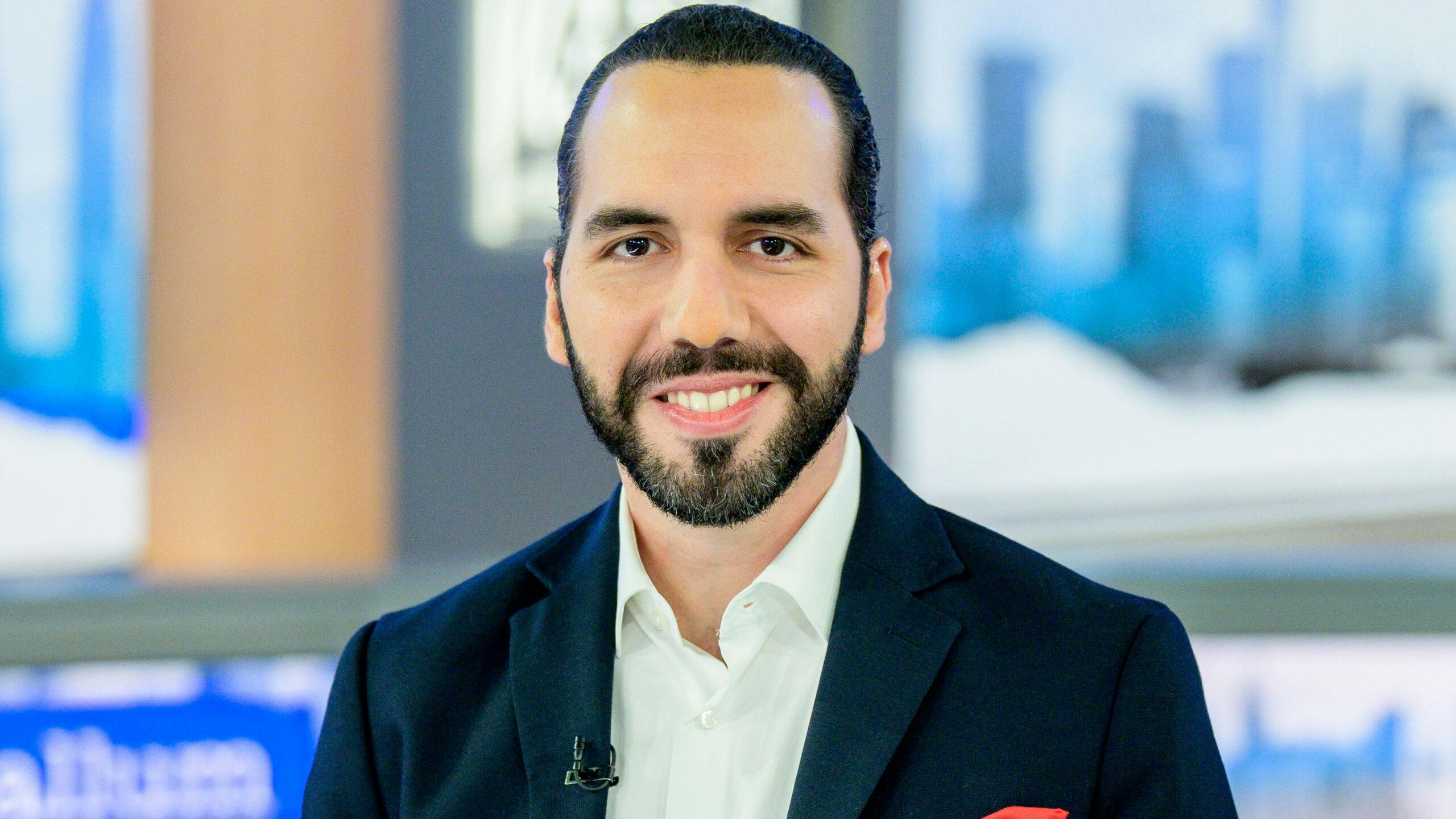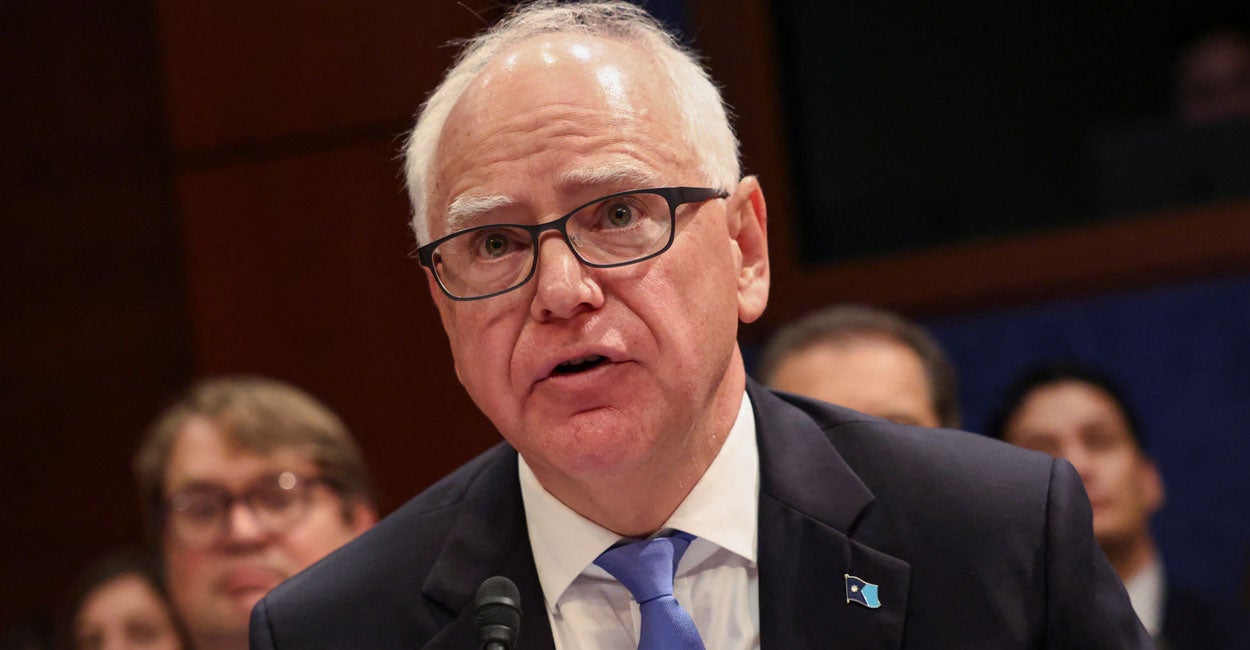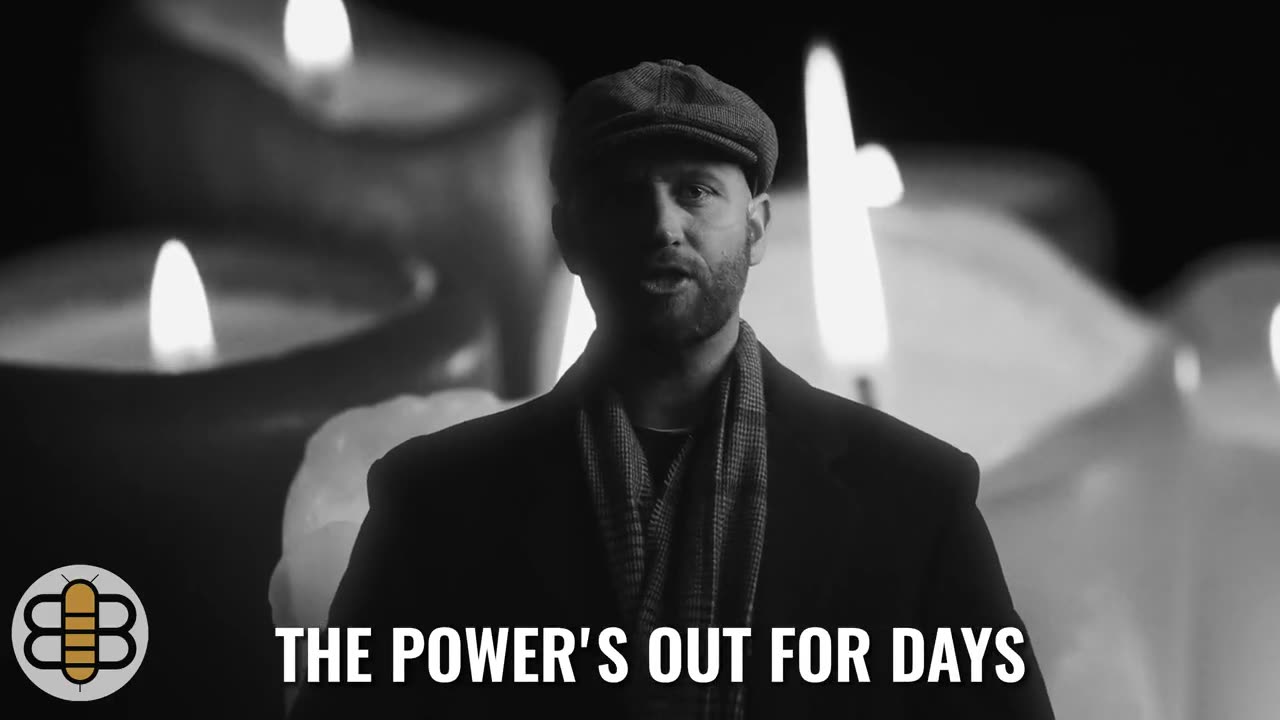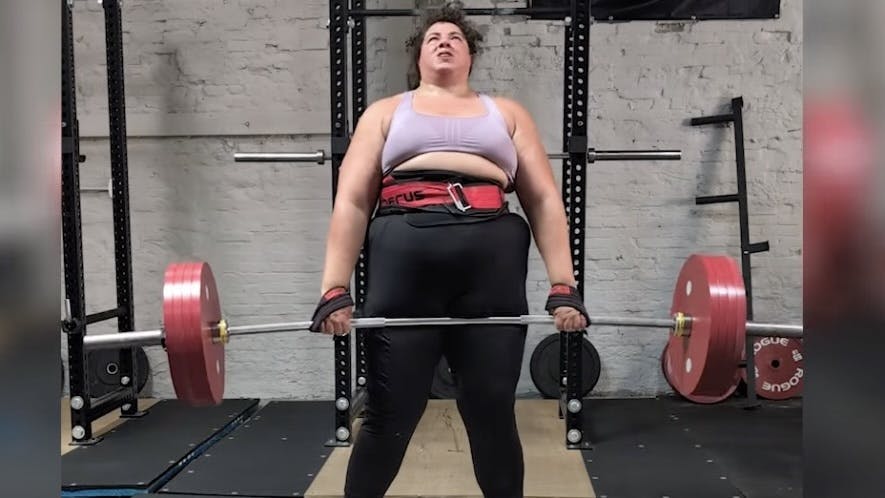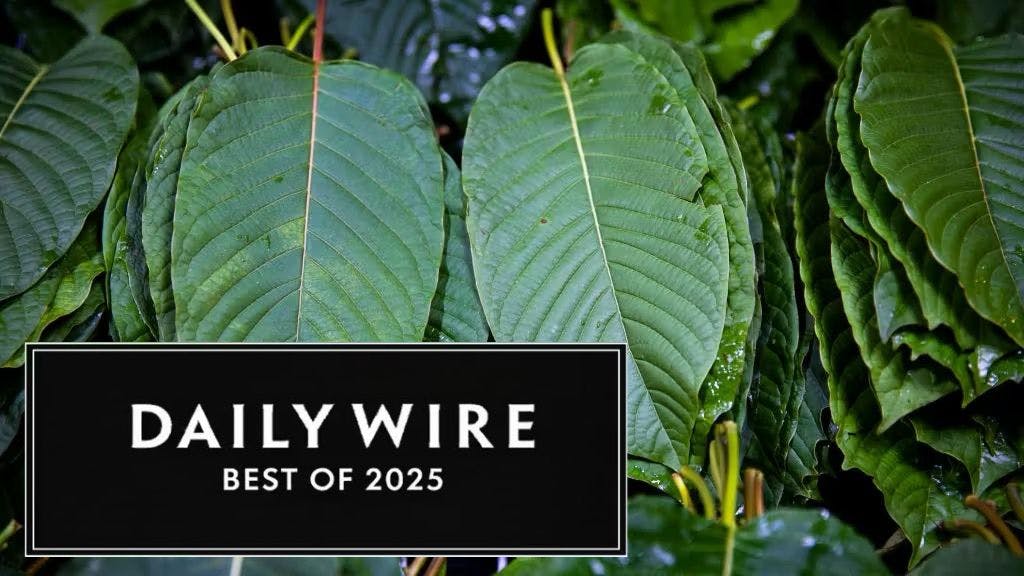Dude, Rescheduling Cannabis Downwards Would Be A Huge Mistake. Huge.
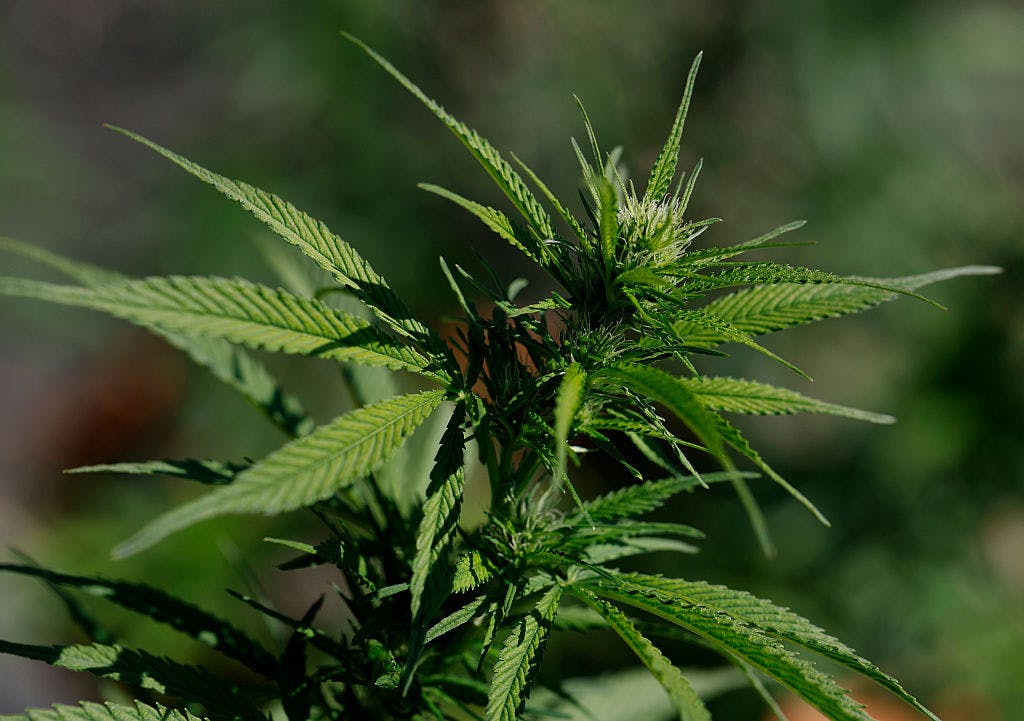
A week ago, President Donald Trump said that he would soon decide whether to move cannabis from Schedule I to III for purposes of the Controlled Substances Act of 1970 (CSA), which would take marijuana out of the category of drugs that cannot be used for any purpose. Doing so would be a huge mistake. Huge.
Live Your Best Retirement
Fun • Funds • Fitness • Freedom
Congress placed cannabis in Schedule I — the category for drugs that have no legitimate medical use, that are potentially addictive, and have no safe use even under a physician’s supervision — when it passed the CSA 55 years ago. While Congress empowered the U.S. Attorney General, after consultation with the Secretary of Health and Human Services, to reschedule cannabis, in the ensuing half-century, no Republican or Democratic attorney general has done so, and no court has ruled that they must do so.
In 2023, however, cannabis advocates finally found a friend. Admiral Rachel L. Levine, HHS Assistant Secretary for Health under President Biden, recommended that Attorney General Merrick Garland transfer cannabis into Schedule III. To justify that conclusion, Levine invented a newfangled test that relied heavily on the fact that multiple states have adopted medical cannabis programs. As a matter of law, that rationale is wrong for multiple reasons.
First, Congress could not have been clearer that it is the exclusive responsibility of the U.S. Food and Drug Administration (FDA), not the states, to decide whether a drug is safe, effective, and uniform. Levine’s rationale effectively and unlawfully transfers decision-making authority from the FDA to the states.
Second, the FDA has never approved the botanical form of cannabis as a safe, effective, and uniformly made drug. The FDA has approved the synthesis of compounds found in the plant by legitimate pharmaceutical companies, but has not approved the interstate distribution of the cannabis plant enjoyed by Cheech and Chong and Harold and Kumar fans.
Third, the FDA could not find that the cannabis plant is safe, effective, and uniformly made.
Start with its safety. The cannabis sold today is far more powerful than the version smoked at Woodstock. At that time, the tetrahydrocannabinol (THC) content — the psychoactive ingredient in cannabis — was 3-6%. Now, some concentrated cannabis products can have a 90% THC content. That difference is like comparing near beer to grain alcohol.
Growing evidence also links cannabis use to a host of adverse physical outcomes, such as oral, head, and neck cancers; cardiovascular disorders; pulmonary disease; and numerous adverse psychological effects, such earlier onset of psychosis; reduced IQ; childhood poisonings; amotivational syndrome; increased school absenteeism; and a reduced likelihood of graduating high school, enrolling in a university, or completing higher degree requirements. Heavy cannabis users and people who begin its use as minors and continue into adulthood are particularly susceptible to these harms.
Plus, botanical cannabis can be adulterated with a host of dangerous, unhealthy, or downright disgusting contaminants. Dr. Nora Volkow, Director of the National Institute on Drug Abuse, told Congress in 2020 that “individuals across the country are using cannabis strains and extracts that have not undergone the rigorous clinical trials required to show that they are safe and effective for medical use, and are not regulated for consistency or quality.”
As I explained in an earlier article, among the “hodgepodge” of dangerous contaminants found in the cannabis sold today are E. coli, fungi, mold, toxins, hazardous chemical solvents such as butane and propane, pesticides, heavy metals (such as arsenic, lead, and mercury), and other harmful and disgusting substances such as formaldehyde and insects. The FDA would never allow such contaminants to be present in any drug sold to the public.
Cannabis can also lead to physical dependence in users. Heavy or long-term use can lead a person to develop a tolerance to THC, requiring ever greater quantities of the chemical to experience the same euphoria. As drug policy experts Wayne Hall and Rosalie Pacula have explained, there is a 10% risk of addiction for people who have ever used cannabis, a 20-33% for people who use it more frequently, and a 50% risk — “a coin flip” — for people who use it daily. Driving while stoned can, of course, lead to motor vehicle accidents that maim or kill pedestrians or other drivers and their passengers.
Keep in mind that the FDA has never given approval for a drug to be smoked. Why? There is no uniform depth or length of any one inhalation, and no uniform number of inhalations that users follow. Moreover, the nation concluded over 60 years ago that smoking burnt carbon products damages a smoker’s health, which explains why major medical institutions such as the American Medical Association, the U.S. National Institutes of Health, and the Royal College of Physicians have not recommended smoking as a legitimate drug delivery system.
The raw cannabis plant also is not “effective” for purposes of the Food, Drug, and Cosmetic Act. Only a handful of controlled studies have examined whether pot can be used as a legitimate treatment for disease or injury; the results are inadequate to draw any scientific conclusion.
The most common justification offered is that its psychoactive calming effect makes it a legitimate analgesic alternative for pain. But that argument is medically unsound. Cannabis is too weak to substitute for opioids as a treatment for severe pain — indeed, it hinders cessation of opioid use by anyone trying to kick an opioid dependency — and scientific proof that THC is a valid treatment for lower levels of pain is also lacking.
To be sure, smoking a joint can get you “high,” but that is not the test for a medicine’s effectiveness. As Dr. Peter Bach, Director of the Center for Health Policy and Outcomes at the Memorial Sloan Kettering Cancer Center, explained, “[E]very intoxicant would pass that sort of test because you don’t experience pain as acutely when you are high. If weed is a pain reliever, so is Budweiser.”
Finally, the cannabis plant is not a uniformly made product. As Brian Thomas and Mahmoud ElSohly explained in their book The Analytical Chemistry of Cannabis, “The number of parameters on which cannabis can vary is enormous,” and differs according to “strain, growing conditions, harvesting methods and handling,” to “storage and processing of the raw material to combining them with a wide variety of foods and other excipients in manufacturing, and to “methods of administration (eating, smoking, ‘vaping,’ applying to mucous membranes)” and so forth.
Botanical cannabis also varies according to potency and the presence of cannabinoids (i.e., biochemically active compounds), which tends to offset or moderate the potential adverse effects of high THC consumption, such as anxiety, cognitive impairment, amotivational syndrome, dependence or addiction, and psychosis.
In sum, the Levine recommendation from 2023 is wrong as a matter of law and medically unsound, indeed dangerous. If the President truly wants to Make America Healthy Again, he should reject that recommendation.
* * *
Paul J. Larkin is the John, Barbara & Victoria Rumpel Senior Legal Research Fellow at The Heritage Foundation.
The views expressed in this piece are those of the author and do not necessarily represent those of The Daily Wire.
Originally Published at Daily Wire, Daily Signal, or The Blaze
What's Your Reaction?
 Like
0
Like
0
 Dislike
0
Dislike
0
 Love
0
Love
0
 Funny
0
Funny
0
 Angry
0
Angry
0
 Sad
0
Sad
0
 Wow
0
Wow
0

